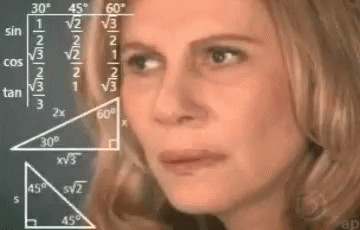
Quick Mafs
The first math project of the year has just come to a close, and it’s time to fill you in on what happened. Basically, we were tasked with creating a functional card game, using relatively basic mathematical functions/operations. We had a lot of time to do this project, so it wasn’t at all stressful.

The hardest part was coming up with an idea. I was sort of struggling with this so I asked my friends how they were doing. They said they were taking inspiration from other games, so I decided to do the same. One of the first games that came to my mind was “10 Days In Africa”. It’s not a super popular game but basically it’s a board game where the goal is to have 10 of your cards (not regular cards, they are specifically designed for the game) in a row and have it so they all line up and make a ten day trip in Africa. It’s pretty hard to explain so if you wanna check it out click here

One part of this project was to theme your cards. I didn’t really have a theme when I first thought of my idea, but one day I was just thinking of potential genres I could theme my game around, and I thought of one; snowboarding. From there I built upon my game and decided the idea of the game would be to create a successful snowboard slopestyle “run” with a combination of numbers and operations, all symbolizing something. I went on with this idea for quite a while until I started to act out the game and realized it didn’t work very well, and there were quite a few kinks in the mechanics. That’s when I changed the game to just a more regular card game, that didn’t really symbolize anything in particular. However, I tweaked my theme slightly by changing it from snowboarding to a broader topic, mountains and nature in general. I figured it would make the cards look nice and it worked out.
I then designed the cards by using a combination of apps such as SuperImpose, Phonto, and Pages. I wanted the aesthetic to sort of mimic playing cards, so I made it so they had a central design that was mirrored vertically. I liked the way it looked and it was simple enough to not be distracting. Also, it meant I could print in colour without using a lot of ink.



On the day that Mr. Gross was coming around and checking in with us to see if/what we had finished, I went through my game with him and he suggested that I add exponents, and he gave me a simple idea I could use to finish my game without changing too much. So from there I rewrote my rules which didn’t take long, and that was the final copy of my game. I think it turned out pretty well, not too simple, but simple enough to keep players engaged and understanding.
